Adapt, overcome, excel: five para-cyclists' incredible journeys
What does it take to overcome disability – and go on to become a champion
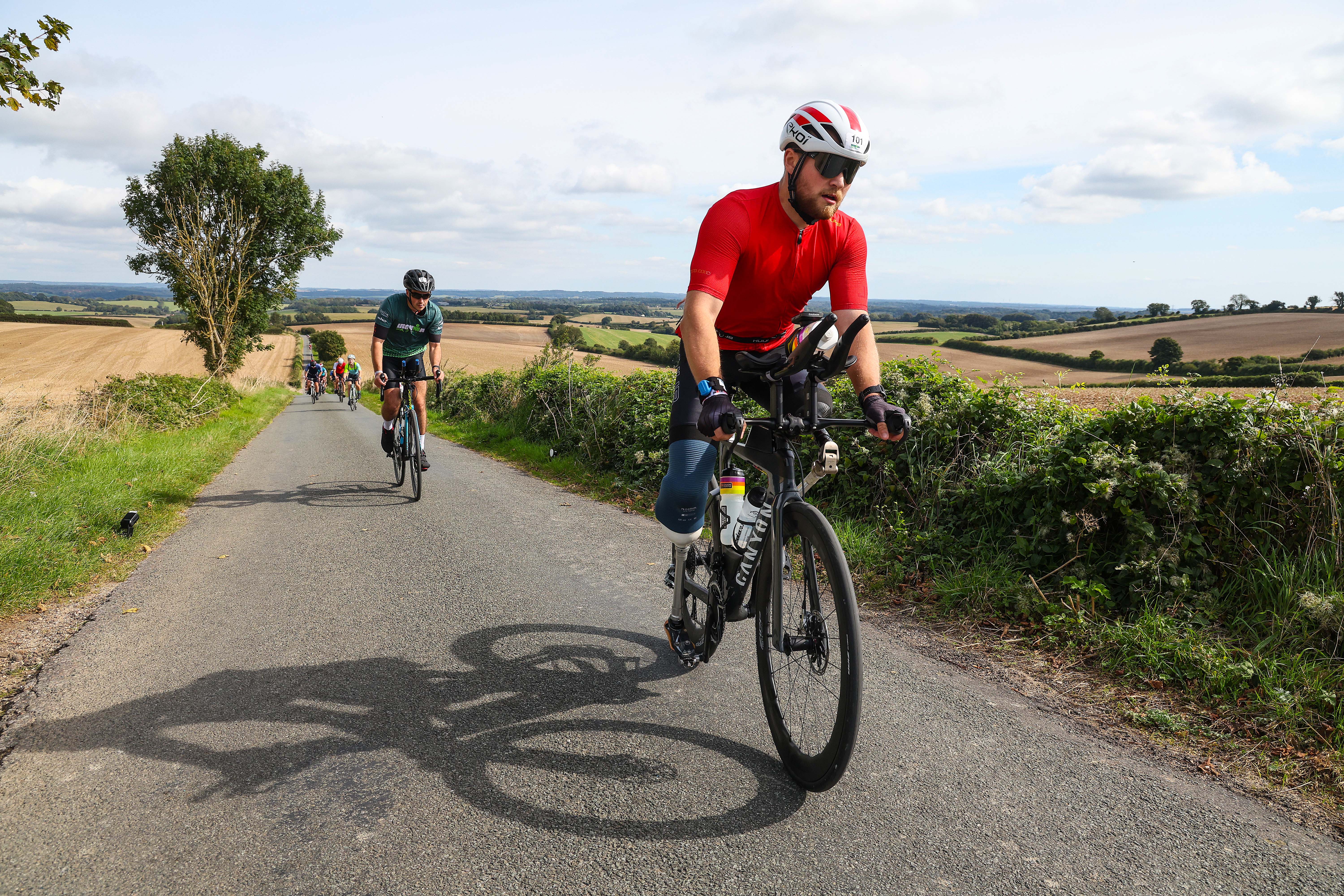

Billy Monger was a professional racing driver until he lost both legs in a devastating crash in 2017 aged just 17. When in 2021 he took on a 140-mile kayak, walk and cycling challenge for Comic Relief, he had just three months to adapt to cycling as an amputee. “The hardest part wasn’t cycling itself – it was starting and stopping,” says the 25-year-old. “On my right leg, which is amputated below the knee, I can clip in and out like most cyclists. But my left leg, without a knee, makes twisting out of the pedal tricky.”
At first Monger used a mountain bike dropper seatpost on his road bike, allowing him to stay seated and lower the seatpost at stops. But when training for the 2024 Ironman World Championships in Kona, Hawaii, he needed a more efficient solution. The breakthrough came with a magnetic cleat. “It enabled me to attach and detach quickly and made a huge difference,” he says. “After an hour of practice in a car park, we found a technique whereby I could start and stop safely.” The next day, he rode solo for over an hour without issues. “That’s when I knew I could do it.”
Monger rides three to four times a week, mostly focusing on steady Zone 2 endurance rides. “About 90% of my training for Kona was in Zone 2, with higher-intensity intervals. No matter how much I train, my left leg will never match my right in terms of power output – but the key was improving my overall strength as a cyclist.”
The power imbalance means cycling won’t ever be his strongest event. “I’m a pretty decent swimmer but then I get overtaken a lot on the 90k bike ride. That was demoralising at first, but then I found myself overtaking on the descents – I guess the motor racing driver in me made me a bit braver.”
What I’ve learned: “Getting outside, feeling the fresh air, and taking in the scenery – training can be tough, but there’s something special about just being out there on the road.”
If I could change one thing: “There’s still a stigma around cyclists, and sometimes the way we’re treated on the road can put people off from even trying. I just wish we could get to a point where all cyclists – whether able-bodied or para-athletes – are given more space and respect.”
Jaco van Gass
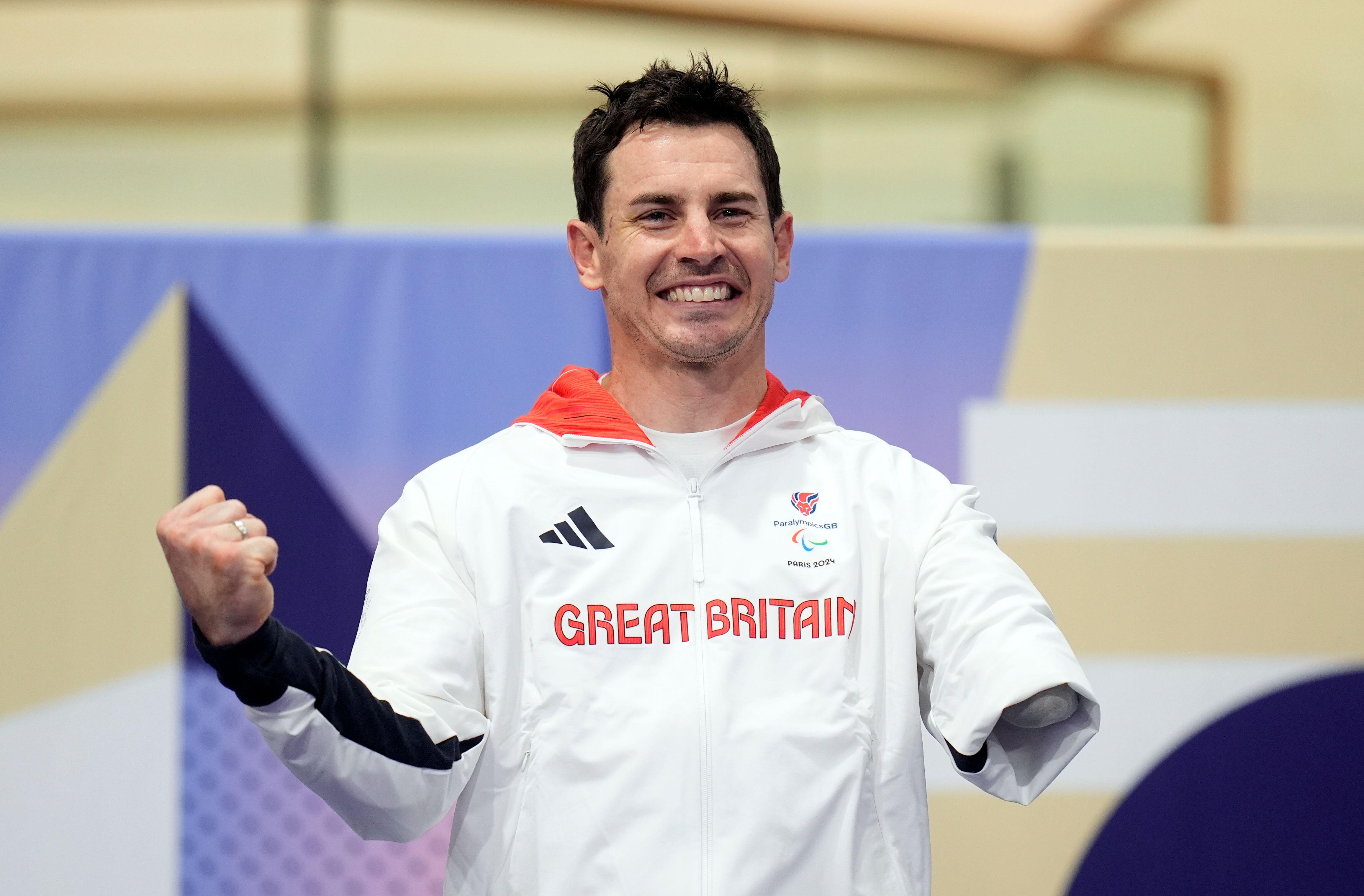
Jaco van Gass was serving with the British Army in Afghanistan in 2009 when a rocket-propelled grenade attack resulted in the loss of his left lower arm. Inspired by London 2012, he pursued paracycling, refining his prosthetics with coach John Hewitt, to create an innovative ‘wing’ prosthetic.
The latest race content, interviews, features, reviews and expert buying guides, direct to your inbox!
The ‘wing’ was controversially banned on the eve of the Tokyo 2020 Paralympics, in which Van Gass won two golds. “We still got the result, but there’s a resistance to advancements in upper-limb prosthetics among those governing the sport.”
Van Gass also won double gold at Paris 2024 with a locked-in prosthetic he uses for track and time trials. “Because it’s locked in I have to generate my power from a seated position which is really tough.”
On the road, the 38-year-old switches to a longer prosthetic that enables him to rise out the saddle to generate torque. Van Gass’s approach to training off the bike has developed over time too. “I use my ‘gym arm’ – a multifunctional prosthetic with a ratcheted grip and a lockable elbow – to lift heavy weights.” He trains six days a week, with the training tailored toward whichever event is up next. “In the off-season I work on weak spots and ways to improve any deficiencies.”
What I’ve learned: “Cycling isn’t just about getting on a bike and riding. It’s the hours in the saddle, the time spent training in all weather conditions, the strength and conditioning work off the bike – and for para-cyclists we’re constantly looking for ways to maximise performance within our own limitations.”
If I could change one thing: “More integration with able-bodied events. Ask someone to name WorldTour riders, they could probably do a dozen without thinking. But ask them to name para-cyclists and they can’t. That’s not because we don’t have the talent – it’s because we don’t have the same exposure.”
Disability and cycling: key stats
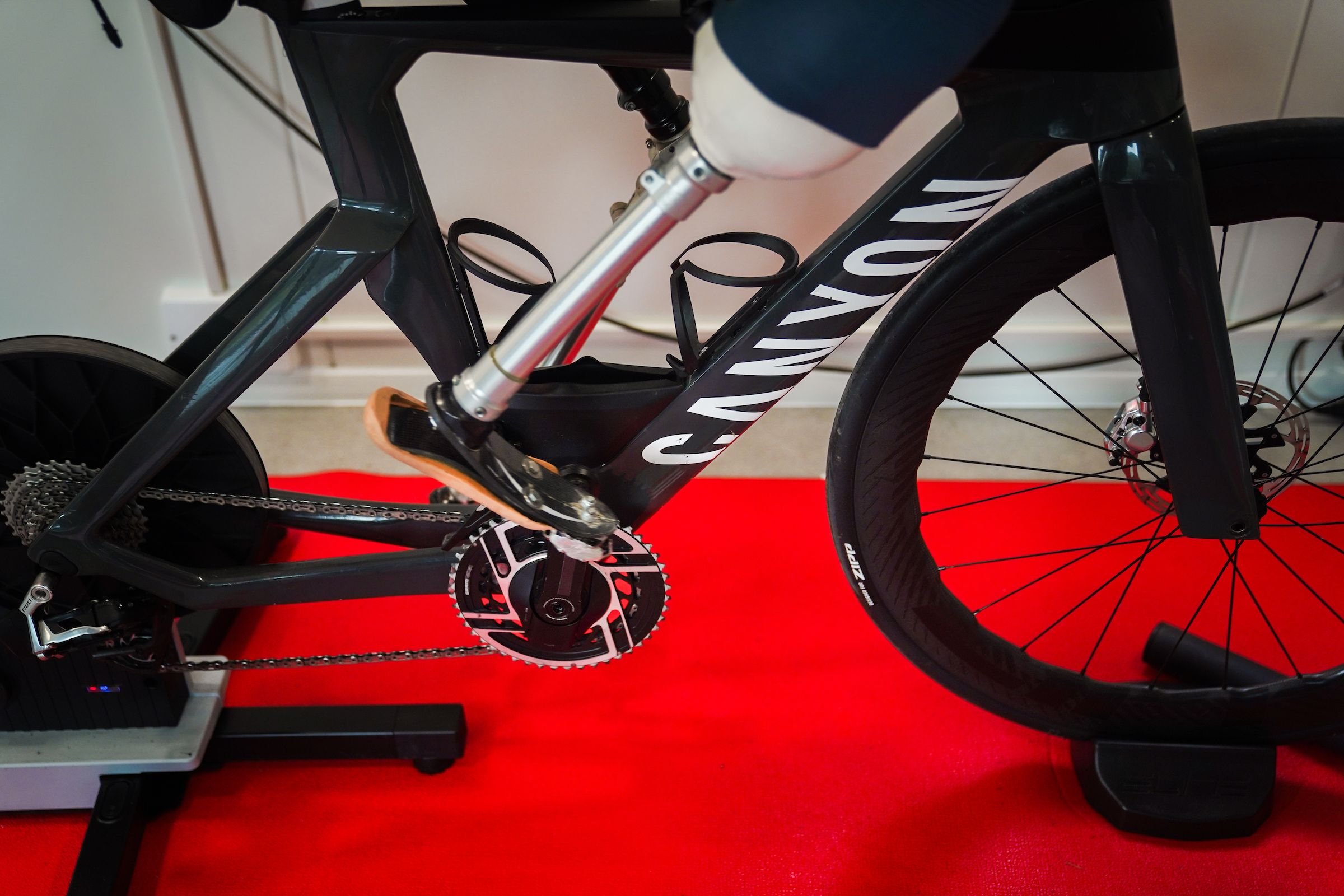
16,000,000 The number of disabled people in the UK, representing 24% of the total population
76 Percentage of disabled people who would like to be more active, indicating demand for more inclusive sporting opportunities
118 Paralympic cycling medals won by the GB team over the past seven Paralympic Games, since 2000
22 Medal haul by the GB team at the Paris 2024 Paralympic Games – 14 on the track, eight on the road
43 Para-cyclists currently on the GBCT world-class programme
4,143 Riders have engaged with British Cycling’s Limitless disabled cyclists’ programme since its launch in 2023
Daphne Schrager
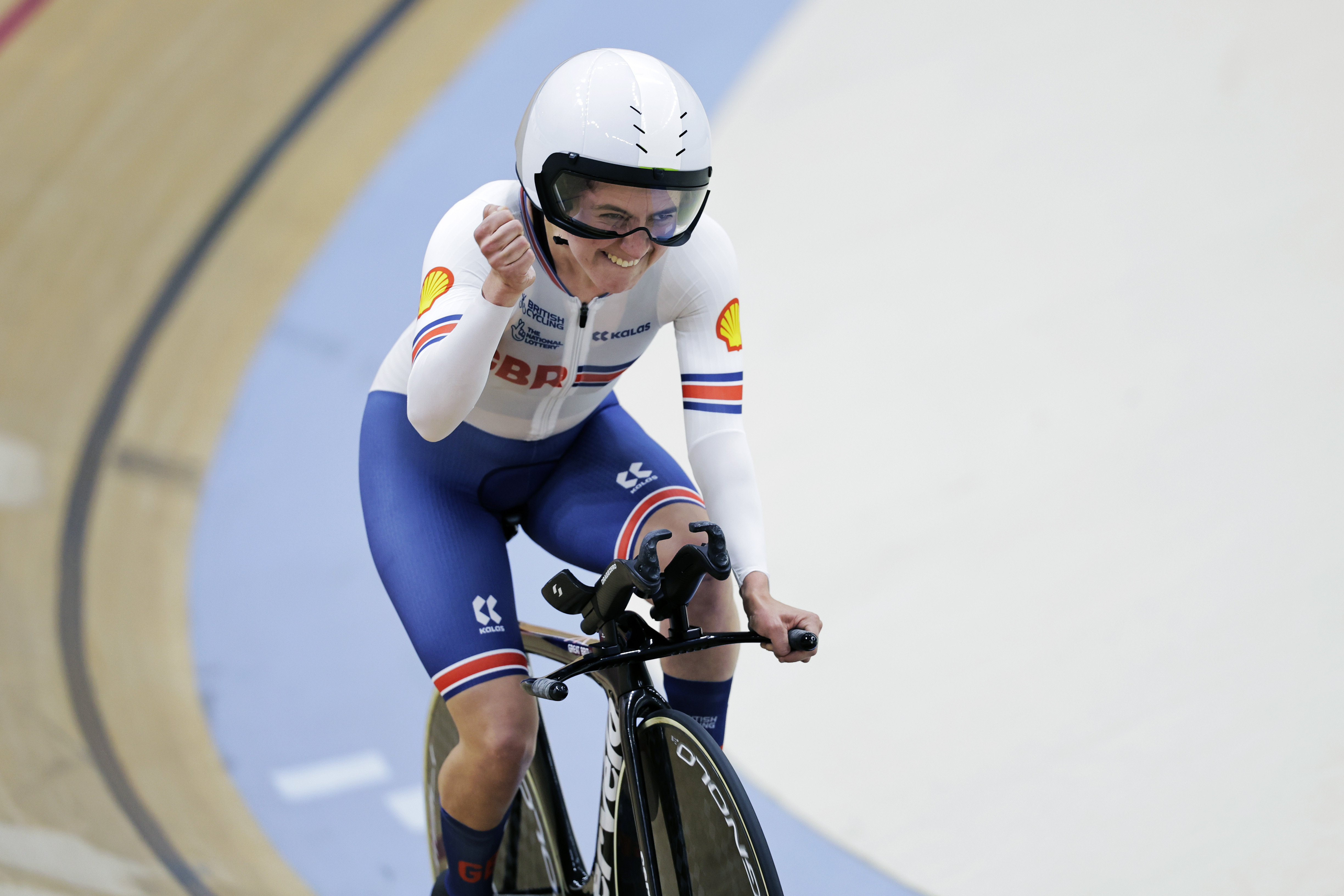
Like Van Gass, Daphne Schrager, 24, took inspiration from London 2012 and tried out for para-canoeing, rowing and cycling. “I couldn’t balance in the canoe and was too short for rowing – so cycling got me.” Watersports’ loss has been para-cycling’s gain, with Schrager now one to watch in the C2 category thanks to a silver medal won in the women’s pursuit at Paris 2024.
Schrager has cerebral palsy (CP), suffering bouts of poor muscle coordination, stiff or weak muscles, neural lapses and tremors. “At the moment I have a lot of double training days as we're focused on a big strength-building drive. I have an issue that’s quite common among athletes with CP whereby some muscle fibres fire better than others – in my case, I can't recruit my hamstrings.”
To combat this, Schrager does hyperoxic sprints on a stationary bike – breathing a higher oxygen concentration than normal air to improve endurance and reduce muscle fatigue. She says having strong glutes and calves helps her compensate for the lack of hamstring strength. “I’m doing a lot of leg presses now as well as banded exercises, glute bridges, Bulgarian squats – we hate those – and Nordic curls which really help engage and develop my hamstrings.”
Bike adjustments are helping too. “On the bike, we’ve fitted shorter cranks which means the turnover is shorter so I don’t have to recruit the muscles as much at the bottom of the turn. Also, my handlebar ends turn inwards because I can’t clasp my hands very well. The developments are neverending.”
What I’ve learned: “I sometimes have neural dips where I can’t coordinate or control the bike. I’ve learnt to look out for the warning signs and ease up on training when they strike.”
If I could change one thing: “I wish people weren’t afraid to ask questions. Kids do – it’s natural curiosity – but adults often shy away, fearing offence. If people asked instead of assuming, we’d break down so many awkward barriers.”
Fin Graham
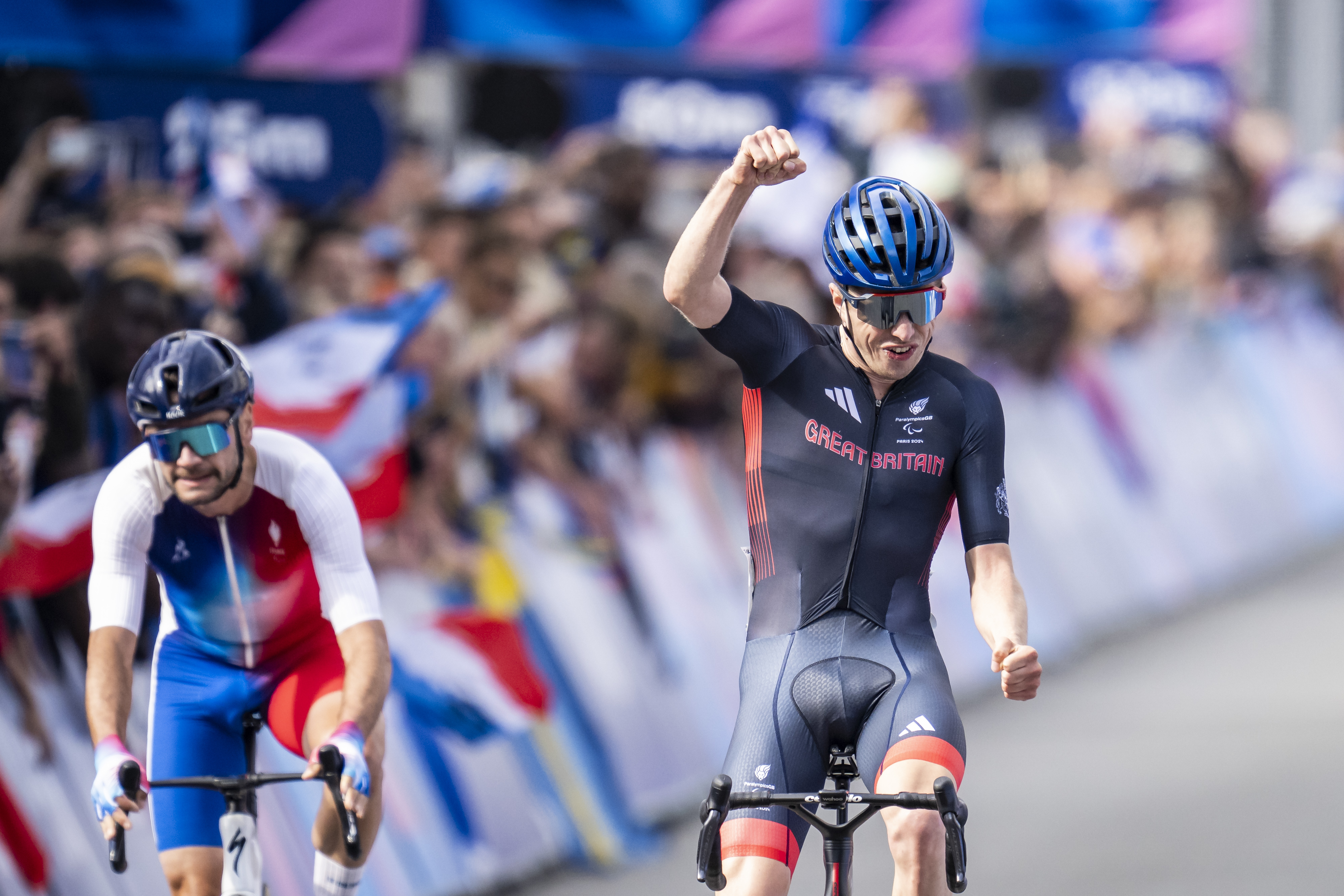
Graham wins the men's C1-C3 road race at the Paris Paralympics
Fin Graham grew up in the Borders of Scotland, drawn to mountain biking from an early age. Despite having been born with bilateral club feet, meaning he has barely any calf muscle and little ankle movement, he managed to develop his off-road riding skills while wearing special splints supporting the ankle and calf area. In 2016, he transitioned to road and track cycling through the para-cycling pathway. “The biggest difference? Lycra and shaving my legs!” says the 25-year-old. “Coming from mountain biking, that was a shock. The first time I tried, I looked like I’d been attacked by an animal!”
Graham adapted quickly, winning seven world championship golds alongside his Paralympic title from Paris. “When I started my para-cycling journey, I had further assessments by neurologists, who discovered I have spinal muscular atrophy with lower-limb involvement. But I’m fortunate in that I don’t need any major adaptations like brake-splitters to the bike, as some para-cyclists do. I can pretty much jump on any bike and make it work.”
Since Paris, Graham has focused on building muscle. “I was around 63kg but I don’t need to be that light. Extra weight helps with power on the track, and in para-cycling, there aren’t Alpine climbs where being ultralight is crucial.”
He prioritises three gym sessions, emphasising deadlifts, leg presses, and upper body work. “Afterward, I’ll spin the legs for a couple of hours, but right now, strength is the focus, then it’s warm-weather road training in Calpe, Spain, before the season begins.”
What I’ve learned: “Recovery is under-rated. When I started, I was commuting from Scotland to Manchester Velodrome while working to fund myself. Recovery wasn’t a priority. Now, I can rest properly, refuel, and get quality sleep - it’s made a huge difference.”
If I could change one thing: “The myth that para-sport is easier. We train just as hard, sometimes harder - yet our achievements rarely get the recognition they deserve.”
Lizzi Jordan

Lizzi Jordan was midway through a psychology degree when, in 2017, severe food poisoning from a takeaway meal robbed her of her sight. After three months in a coma due to an E. coli-triggered immune response, she awoke weakened but alive, thanks to a last-resort antibody treatment.
A keen horse rider, she switched to cycling after a 2020 talent ID programme and won three golds at the Rio World Championships, plus Paris 2024 gold with partner Danni Khan. “Tandem cycling is about trust, communication, and adapting to challenges,” says the 27-year-old. Jordan trains solo and with pilots, balancing turbo sessions with real-world rides. Living in Surrey, while Khan is in Birmingham, they meet in Manchester before competitions. She trains five days a week on a stationary bike and joins her local cycling club on weekends.
For any cyclist, turbo training can be monotonous, but for Jordan, it presents additional challenges. "I use Zwift like most cyclists do, but because I can’t read the numbers on the screen, I need someone to sit next to me and read them out," she explains. "Zwift does have an erg mode, where I can set a certain wattage for a set time, and it makes a noise when shifting power zones. That helps with basic endurance training, but for more specific workouts, I need assistance.” Jordan has been advocating for audio prompts to be added to Zwift and other virtual cycling platforms. "It’s not just a para-cycling thing – even sighted cyclists would benefit. When you're in the middle of a hard effort, the last thing you want to do is look up at tiny numbers on a screen!"
Out on the road, Jordan’s not fussy about her pilot’s fitness levels – what’s crucial is competency and safety. “I need someone who can handle the tandem well, communicates loud and clear, then I – as the stoker – can put the power through the pedals." To generate that power, Jordan dedicates time to strength and conditioning. "In the gym I’ve got a great personal trainer who helps me execute strength drills which I need to have explained to me rather than demonstrated. My trainer says that my form is often better than others because I focus intently on listening to instructions.”
What I’ve learned: "On the tandem, you’re relying entirely on your pilot, so you have to trust them completely. It’s all about working together, being clear with each other, and anticipating what’s ahead."
If I could change one thing: “People don’t realise how much teamwork goes into it. It’s not just the stoker putting in the power or the pilot steering – it’s about perfect synchronisation. When everything clicks, it’s amazing."
Credits: Thanks to the Great Britain Cycling Team. Billy Monger is supporting comicrelief.com
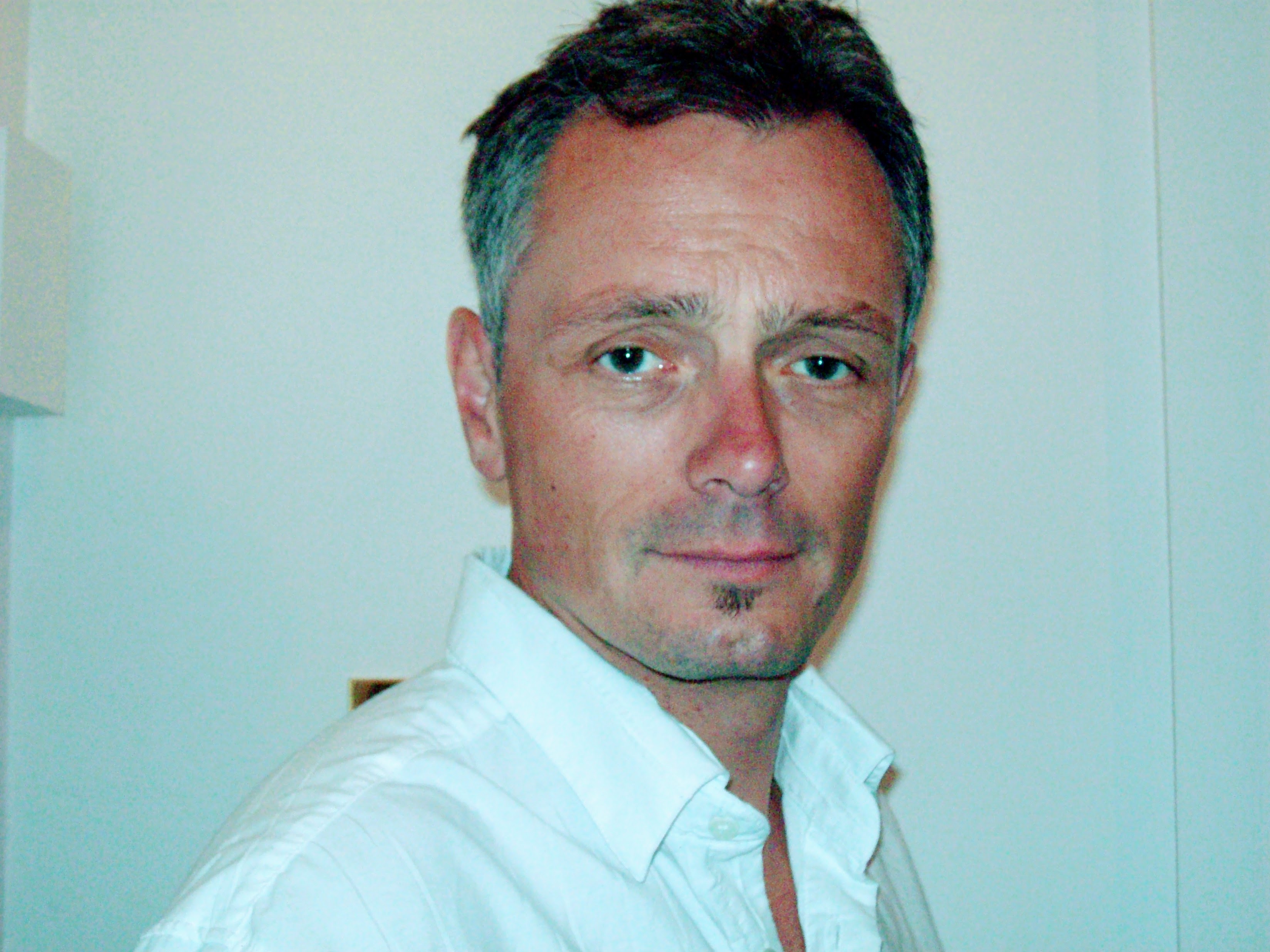
Rob Kemp is a London-based freelance journalist with 30 years of experience covering health and fitness, nutrition and sports sciences for a range of cycling, running, football and fitness publications and websites. His work also appears in the national press and he's the author of six non-fiction books. His favourite cycling routes include anything along the Dorset coast, Wye Valley or the Thames, with a pub at the finish.
You must confirm your public display name before commenting
Please logout and then login again, you will then be prompted to enter your display name.